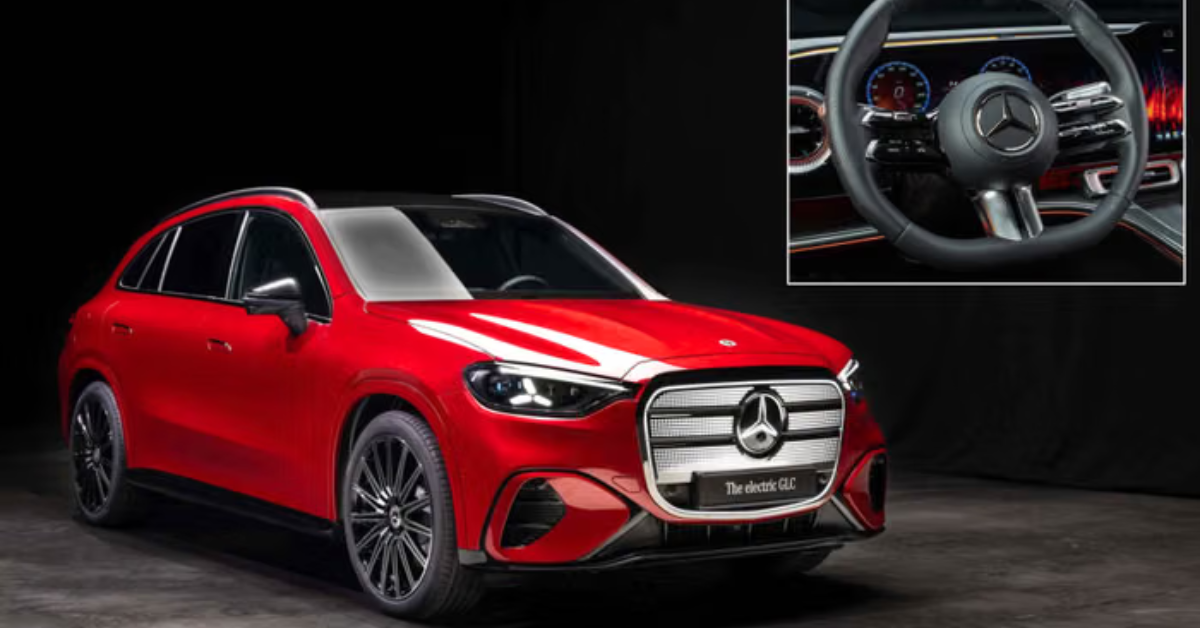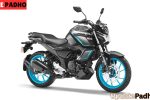Mercedes-Benz, a name synonymous with luxury, innovation, and automotive excellence, has made an interesting announcement: the return of physical buttons in its current and future cars. At a time when the automotive industry is chasing minimalistic interiors dominated by massive touchscreens and haptic feedback systems, Mercedes is choosing a different path by reintroducing tactile controls.
This move is not just about nostalgia—it’s about safety, convenience, and customer feedback. Let’s take a deep dive into what this decision means for the future of Mercedes cars and how it will impact the broader automotive landscape.
The Shift Towards Digital Controls
Over the past decade, almost every luxury carmaker, including Mercedes, has shifted towards touchscreen-dominated interiors. Large digital panels replaced traditional buttons for everything from climate control to audio systems.
While these screens look futuristic and allow for more flexible UI designs, they also come with drawbacks:
- Distracted Driving: Drivers often have to take their eyes off the road to navigate through touchscreen menus.
- Learning Curve: Not all customers—especially older buyers—are comfortable with purely digital controls.
- Reliability Issues: Touch inputs can sometimes lag, freeze, or fail in extreme temperatures.
Luxury buyers, who expect both innovation and practicality, voiced their concerns. Mercedes listened.
Why Mercedes is Bringing Back Physical Buttons
Mercedes’ decision to bring back physical buttons is driven by a mix of safety, usability, and brand philosophy:
- Enhanced Safety
Physical buttons allow drivers to adjust controls without looking away from the road. Tactile feedback ensures that actions—like adjusting temperature or skipping tracks—can be done almost instinctively. - Customer Feedback
Many loyal Mercedes customers expressed their preference for tactile controls over touch-only systems, particularly in models like the S-Class and C-Class, where comfort is key. - Luxury is About Effortlessness
Luxury isn’t only about tech—it’s also about ease of use. Physical buttons offer intuitive interaction, which enhances the feeling of refinement. - Brand Differentiation
While most luxury brands are chasing all-digital interiors, Mercedes is carving out a unique balance of modern and classic. This reinforces its image as a customer-first innovator.
Which Cars Will Get the Change?
Mercedes has confirmed that both current models and future line-ups will gradually integrate physical buttons alongside digital controls.
- Flagship Models (S-Class, EQS, GLS): Expect a mix of advanced screens with dedicated physical buttons for key functions like climate control, volume, and drive modes.
- Popular Models (C-Class, E-Class, GLC): These models are likely to adopt a hybrid approach, with screens for navigation and infotainment but tactile buttons for everyday usability.
- Future EVs (EQ Series): Mercedes’ electric cars will also reflect this philosophy, combining futuristic designs with physical touchpoints for essential features.
This means drivers will get the best of both worlds—a modern digital experience supported by practical tactile controls.
Impact on Interior Design
The return of physical buttons will reshape Mercedes interiors in the following ways:
- Balanced Layouts: Expect cleaner designs with fewer touch-only panels and a thoughtful mix of screens and buttons.
- Driver-Centric Cockpits: Controls that matter most to drivers will have dedicated buttons, making driving more intuitive.
- Luxury Materials: Mercedes will likely emphasize premium finishes—metal switches, knurled dials, and illuminated buttons—to enhance the tactile experience.
- Reduced Screen Fatigue: With fewer reasons to constantly interact with a touchscreen, long drives will feel more relaxing.
Comparison with Rivals
Mercedes’ move is bold, considering competitors are still going deeper into screen-heavy designs.
- BMW: Heavily focused on iDrive and curved displays, with fewer physical buttons.
- Audi: Minimal physical controls in recent models, relying largely on dual-screen setups.
- Tesla: Fully touchscreen-based, with almost no physical buttons.
By bringing back buttons, Mercedes stands out by prioritizing user-friendliness over digital minimalism. This could even influence competitors if customer demand shifts.
Balancing Tradition and Innovation
This decision highlights Mercedes’ ability to balance tradition with modern expectations. Instead of abandoning digital technology, the brand is integrating practical physical elements where they matter most.
Examples of this balance include:
- Voice Control + Buttons: Drivers can choose between speaking commands or pressing a button.
- Touchscreens + Dials: Complex functions can stay on screens, but everyday needs like volume or A/C temperature get dials.
- Luxury + Practicality: Buttons will be designed not just for utility but also to look and feel premium.
This ensures that Mercedes interiors remain cutting-edge yet timeless.
Customer Perspective
From a customer’s point of view, this move has several advantages:
- Ease of Use: No need to fumble through menus for simple tasks.
- Safety: Drivers can focus more on the road.
- Luxury Feel: Premium, tactile controls enhance the overall in-car experience.
- Inclusivity: Customers across different age groups will find cars easier to use.
Essentially, this move reaffirms Mercedes’ commitment to putting customer experience above trends.
Future Outlook
The return of physical buttons could mark a larger industry shift. If Mercedes buyers respond positively, other automakers might reconsider their all-screen strategies.
For Mercedes, this is part of a broader philosophy:
- Innovation with Purpose: Technology should make driving better, not harder.
- Luxury Through Comfort: True luxury is about effortlessness, not complexity.
- Heritage Meets Modernity: Mercedes is showing that modern cars can still retain the charm of tactile controls.
Conclusion
Mercedes’ decision to bring back physical buttons in its current and upcoming cars is more than just a design choice—it’s a statement. It signals that while technology is important, human comfort, safety, and ease of use matter more.
By combining digital innovation with physical controls, Mercedes is redefining luxury for the modern age. It’s a bold move that blends tradition with progress, ensuring that driving a Mercedes remains not just futuristic but also instinctive and enjoyable.
As we move into a future dominated by screens and automation, Mercedes is proving that sometimes, the simplest solutions—like a button you can feel—deliver the most luxurious experience of all.



